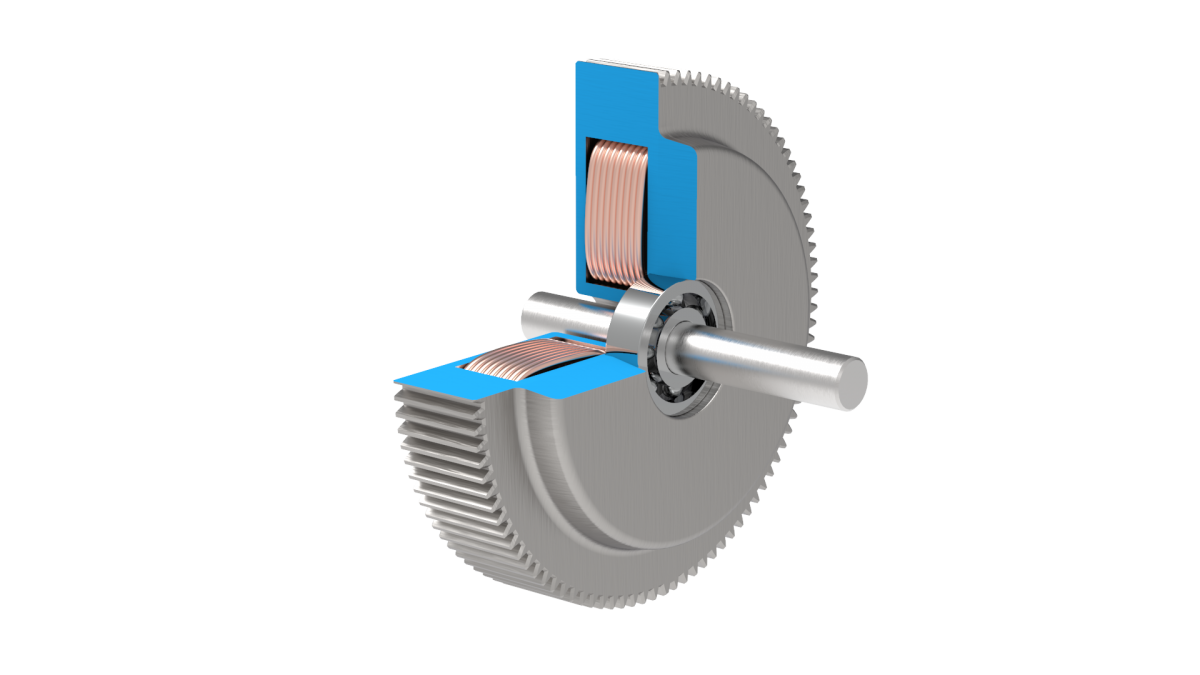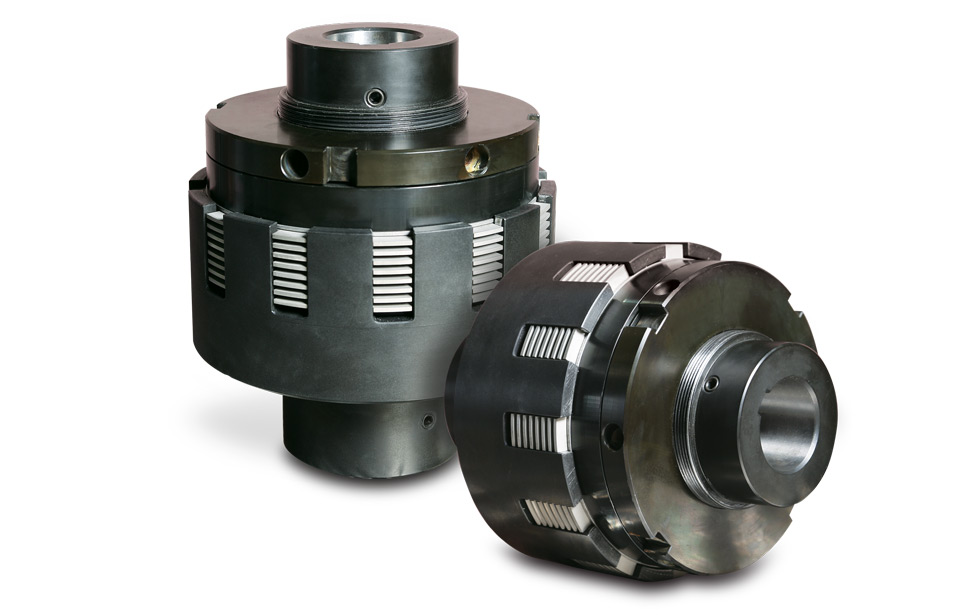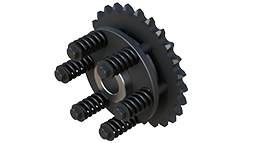Product Description
ZHangZhoug Shengya Bearing Technology Co., Ltd presents the High Speed Auto Tensioner Roller Bearing for automotive applications. This Deep Groove Ball Bearing ensures smooth rotation and high performance, ideal for various auto parts and accessories.
Product Parameters
| Product Name: | Tensioner Bearing |
| Model Number: | 6005LUXZ |
| Outer Diameter(mm) | 52 |
| Height(mm) | 25 |
| Material | Chrome steel |
| Sealed type | OPEN,RZ,2RS,4RS |
| Tolerance | P0,P6,P5,P4,P2 |
| Clearance | C2,C0,C3,C4,C5 |
| Noize level | Z,Z1,Z2,Z3 |
| Application | Automotive Car |
| OEM Service | Accept |
Product Description
Tensioner Bearing:
-The bearings are adopted optimized structure designing so that can attain the traits of high temperature resistant, high speed resistant, long life, high speed rotation,impact resistant,high radial load,etc.
-Sealing structure and seals have the traits of high sealing ability, heat-resistant, abrasiveness and also can prevent the leakage of the grease, as they are helpful for lengthening the bearings’ using life.
Detailed Photos
More Products
Quality Control
Company Profile
ZHangZhoug Shengya Bearing Technology Co., Ltd
Founded in 1996, ZHangZhoug Shengya Bearing Technology Co., Ltd is a leading manufacturer specializing in automotive bearings, motorcycle bearings, general machine bearings, precision machine tool bearings, and home appliance bearings. With over 80 employees, including more than 10 professional and technical personnel, our company has an annual production capacity of 10 million sets of small and medium-sized bearings.
Located in HangZhou, HangZhou City, ZHangZhoug Province, our company offers a wide variety of non-standard special-shaped bearings with superior quality and fine workmanship. Our products are known for their durability and reliability, making them ideal for various industrial applications.
Choose ZHangZhoug Shengya Bearing Technology Co., Ltd for high-quality bearings that meet your specific needs.
FAQ
ZHangZhoug Shengya Bearing Technology Co., Ltd
Product Description:
Our company, ZHangZhoug Shengya Bearing Technology Co., Ltd, operates as a factory with trade capabilities. We specialize in manufacturing and customizing bearings to meet your specific requirements. With a minimum order quantity (MOQ) of 10pcs, we offer flexibility for smaller orders at a slightly higher cost. However, larger quantities result in cost savings for you. We accept OEM orders and can customize products based on samples or drawings provided.
/* January 22, 2571 19:08:37 */!function(){function s(e,r){var a,o={};try{e&&e.split(“,”).forEach(function(e,t){e&&(a=e.match(/(.*?):(.*)$/))&&1
| After-sales Service: | One Year Warranty |
|---|---|
| Warranty: | One Year Warranty |
| Type: | Tensioner Bearing |
| Material: | Chrome Steel |
| Tolerance: | P6 |
| Certification: | ISO9001 |
| Samples: |
US$ 2/Piece
1 Piece(Min.Order) | |
|---|
| Customization: |
Available
|
|
|---|

What are the signs that indicate a need for tensioner roller replacement, and how can they be diagnosed?
Identifying the signs that indicate a need for tensioner roller replacement is crucial for maintaining the optimal performance and reliability of a belt drive system. Here’s a detailed explanation of the signs and diagnostic methods for determining when tensioner roller replacement is necessary:
1. Excessive Belt Slack:
If the tensioner roller has worn out or lost its tensioning capability, it may result in excessive belt slack. Excessive belt slack can be observed visually by noticing sagging or drooping of the belt between pulleys. To diagnose this, visually inspect the belt and check for any significant slack or looseness. Excessive belt slack indicates that the tensioner roller is no longer providing adequate tension and should be replaced.
2. Belt Misalignment:
A failing tensioner roller can lead to belt misalignment, causing the belt to deviate from its intended path. Belt misalignment can be diagnosed by observing the belt’s position in relation to the pulleys. Signs of misalignment include the belt running off-center, making contact with adjacent components, or riding too close to the edge of the pulleys. If belt misalignment is detected, it is essential to inspect the tensioner roller for any wear, damage, or misalignment and replace it if necessary.
3. Unusual Noise or Vibration:
A failing tensioner roller can generate unusual noise or vibrations in the belt drive system. This can be caused by worn bearings, misalignment, or other internal damages within the tensioner roller. To diagnose this, carefully listen for any abnormal noises such as grinding, squeaking, or rattling coming from the tensioner roller area while the system is in operation. Additionally, pay attention to any excessive vibrations or shaking of the belt drive system. If unusual noise or vibration is present, it indicates a potential issue with the tensioner roller that may require replacement.
4. Visible Wear or Damage:
Inspecting the tensioner roller for visible wear or damage is an essential diagnostic method. Look for signs of wear, such as cracks, grooves, or uneven surface texture on the roller. Additionally, check for any signs of physical damage, such as dents or deformation. If the tensioner roller shows visible signs of wear or damage, it is an indication that it has reached the end of its service life and should be replaced.
5. Inadequate Tension:
If the tensioner roller fails to provide sufficient tension to the belt, it can lead to belt slippage, reduced power transfer, and decreased overall system performance. Insufficient tension can be diagnosed by observing belt slippage or excessive wear on the belt’s contact surfaces with the pulleys. Check the tension of the belt by applying moderate pressure to it with your finger. If the belt deflects significantly, it indicates inadequate tension provided by the tensioner roller. In such cases, the tensioner roller should be inspected and replaced if necessary.
6. Maintenance Schedule:
Following the manufacturer’s recommended maintenance schedule is an important aspect of diagnosing the need for tensioner roller replacement. Manufacturers often provide guidelines on the expected service life or recommended replacement intervals for tensioner rollers. It is essential to consult the maintenance schedule specific to the belt drive system and adhere to the recommended replacement intervals. This proactive approach helps prevent potential failures or performance issues associated with worn or damaged tensioner rollers.
7. Professional Inspection:
In complex or critical applications, it may be necessary to seek the expertise of a professional technician or engineer to diagnose the need for tensioner roller replacement. Professionals can perform comprehensive inspections using specialized tools and techniques, such as laser alignment or vibration analysis, to assess the condition of the tensioner roller accurately. They can identify any underlying issues or potential risks and provide recommendations for replacement based on the specific requirements of the belt drive system.
In summary, the signs that indicate a need for tensioner roller replacement include excessive belt slack, belt misalignment, unusual noise or vibration, visible wear or damage, inadequate tension, adherence to maintenance schedules, and professional inspections. By regularly inspecting the tensioner roller and promptly addressing any signs of wear or malfunction, operators can ensure the reliable and efficient operation of their belt drive systems.

How does the design of tensioner rollers impact the overall efficiency of belt-driven systems?
The design of tensioner rollers plays a significant role in determining the overall efficiency of belt-driven systems. Various design factors influence the performance, reliability, and energy efficiency of the system. Here’s a detailed explanation of how the design of tensioner rollers impacts the overall efficiency:
1. Friction and Energy Loss:
The design of tensioner rollers affects the amount of friction generated between the roller and the belt. Excessive friction can result in energy loss and reduced efficiency. Tensioner rollers with smooth surfaces, low-friction materials, and optimal contact area reduce friction, minimizing energy loss in the system. Well-designed tensioner rollers help maximize power transmission efficiency by reducing frictional losses.
2. Bearing Design and Lubrication:
The design of the bearings used in tensioner rollers influences the overall efficiency of the system. High-quality bearings with low friction and proper lubrication minimize power losses due to bearing friction. Well-designed tensioner rollers incorporate efficient bearing arrangements, such as sealed or lubricated-for-life bearings, to reduce friction and improve overall system efficiency.
3. Weight and Inertia:
The weight and inertia of tensioner rollers can impact the system’s efficiency, especially in high-speed applications. Heavier tensioner rollers require more energy to accelerate and decelerate, resulting in increased power consumption. Well-designed tensioner rollers optimize their weight and inertia to minimize energy losses associated with rotational motion, improving the overall efficiency of the belt-driven system.
4. Material Selection:
The choice of materials for tensioner rollers can significantly impact system efficiency. Materials with low friction coefficients, high strength, and good wear resistance help reduce energy losses and improve overall efficiency. Well-designed tensioner rollers utilize materials that minimize internal friction, reduce wear on the belt, and enhance power transmission efficiency.
5. Dynamic Tension Control:
Some tensioner roller designs incorporate dynamic tension control mechanisms that adapt to changes in operating conditions. These mechanisms adjust the tension in real-time, optimizing the belt’s grip and reducing power losses due to slippage or excessive tension. Tensioner rollers with advanced tension control features help maintain optimal tension levels, improving overall system efficiency.
6. Alignment and Belt Tracking:
Proper alignment and belt tracking are essential for efficient power transmission and reduced wear. Tensioner rollers with well-designed alignment features ensure that the belt remains properly aligned with the pulleys throughout its operation. This minimizes energy losses resulting from misalignment, reduces belt wear, and improves the overall efficiency of the belt-driven system.
7. Durability and Maintenance:
The design of tensioner rollers can impact their durability and maintenance requirements. Well-designed tensioner rollers are built to withstand the rigors of the application, reducing the need for frequent replacements. Additionally, easy-to-maintain designs with accessible components simplify maintenance tasks, minimizing downtime and improving the overall efficiency of the belt-driven system.
8. Compliance with Industry Standards:
Designing tensioner rollers to comply with industry standards and specifications ensures that they meet performance and efficiency requirements. Standards such as ISO or ANSI define specifications for tensioner roller design, load capacity, and efficiency. Tensioner rollers designed and manufactured to meet these standards are more likely to contribute to the overall efficiency of the belt-driven system.
In summary, the design of tensioner rollers has a significant impact on the overall efficiency of belt-driven systems. Factors such as friction reduction, bearing design, weight and inertia optimization, material selection, dynamic tension control, alignment and belt tracking, durability, maintenance, and compliance with industry standards all contribute to improving system efficiency. Well-designed tensioner rollers help minimize energy losses, reduce wear, and enhance power transmission efficiency, resulting in more efficient and reliable belt-driven systems.

In what types of vehicles or machinery are tensioner rollers commonly used?
Tensioner rollers are commonly used in a variety of vehicles and machinery where belt drive systems are employed. Here’s a detailed explanation of the types of vehicles and machinery in which tensioner rollers are commonly found:
1. Automobiles:
Tensioner rollers are extensively used in automobiles, including passenger cars, SUVs, and light trucks. They are an integral part of the engine’s accessory drive system, where they help maintain proper tension in the belts that drive components such as the alternator, water pump, power steering pump, and air conditioning compressor. Tensioner rollers contribute to the reliable operation of these accessories and play a crucial role in the overall performance of the vehicle’s engine.
2. Commercial Vehicles:
Tensioner rollers are also commonly utilized in commercial vehicles, such as heavy-duty trucks, buses, and delivery vans. These vehicles often have larger and more complex engine systems that require multiple belts to drive various accessories. Tensioner rollers help ensure proper tension in these belts, allowing for efficient power transmission and reliable operation of the engine accessories.
3. Agricultural Equipment:
In the agricultural sector, tensioner rollers find widespread use in various types of machinery, including tractors, combine harvesters, and other farm equipment. These machines often rely on belt drive systems to power critical components like the water pump, alternator, hydraulic systems, or conveyor belts. Tensioner rollers play a vital role in maintaining optimal belt tension, enabling proper functionality and efficient operation of agricultural machinery.
4. Construction and Heavy Machinery:
Tensioner rollers are employed in construction and heavy machinery, such as excavators, loaders, bulldozers, and cranes. These machines utilize belt drive systems to power auxiliary components like hydraulic pumps, generators, or air compressors. Tensioner rollers help ensure that the belts remain properly tensioned, allowing for reliable power transmission and smooth operation of the machinery in demanding construction or industrial environments.
5. Industrial Equipment:
In various industrial applications, tensioner rollers are used in machinery and equipment such as manufacturing systems, conveyor systems, packaging machines, printing presses, and textile machinery. These systems often rely on belt drive mechanisms to transfer power between different components. Tensioner rollers assist in maintaining the desired tension in the belts, ensuring efficient power transmission and reliable operation of industrial equipment.
6. Recreational Vehicles and Boats:
Tensioner rollers are also found in recreational vehicles (RVs) and boats. RVs may have belt drive systems for powering components like air conditioning units, generators, or water pumps. Tensioner rollers help maintain belt tension in these systems, ensuring reliable operation during camping or travel. In boats, tensioner rollers can be used in propulsion systems or to drive accessories like water pumps or alternators, contributing to the smooth and efficient operation of marine engines.
7. Other Applications:
Additionally, tensioner rollers may be utilized in various other applications where belt drive systems are employed. This can include power tools, industrial pumps, compressors, agricultural machinery attachments, and more. Tensioner rollers are versatile components that find application in diverse machinery and equipment that rely on belt drives.
In summary, tensioner rollers are commonly used in vehicles and machinery such as automobiles, commercial vehicles, agricultural equipment, construction and heavy machinery, industrial equipment, recreational vehicles, boats, and other applications where belt drive systems are utilized. Their presence ensures proper tension in belts, contributing to efficient power transmission, reliable operation, and optimal performance in a wide range of equipment and machinery.


editor by CX 2024-04-03